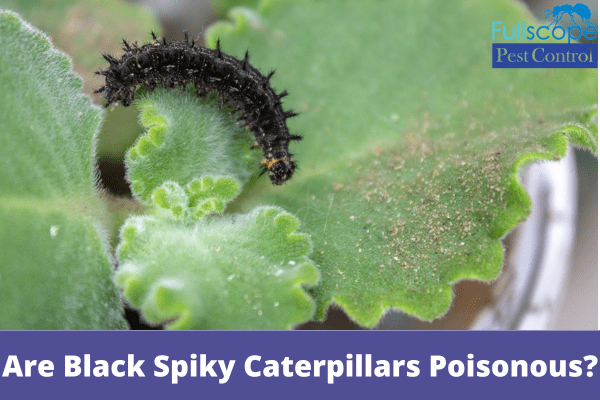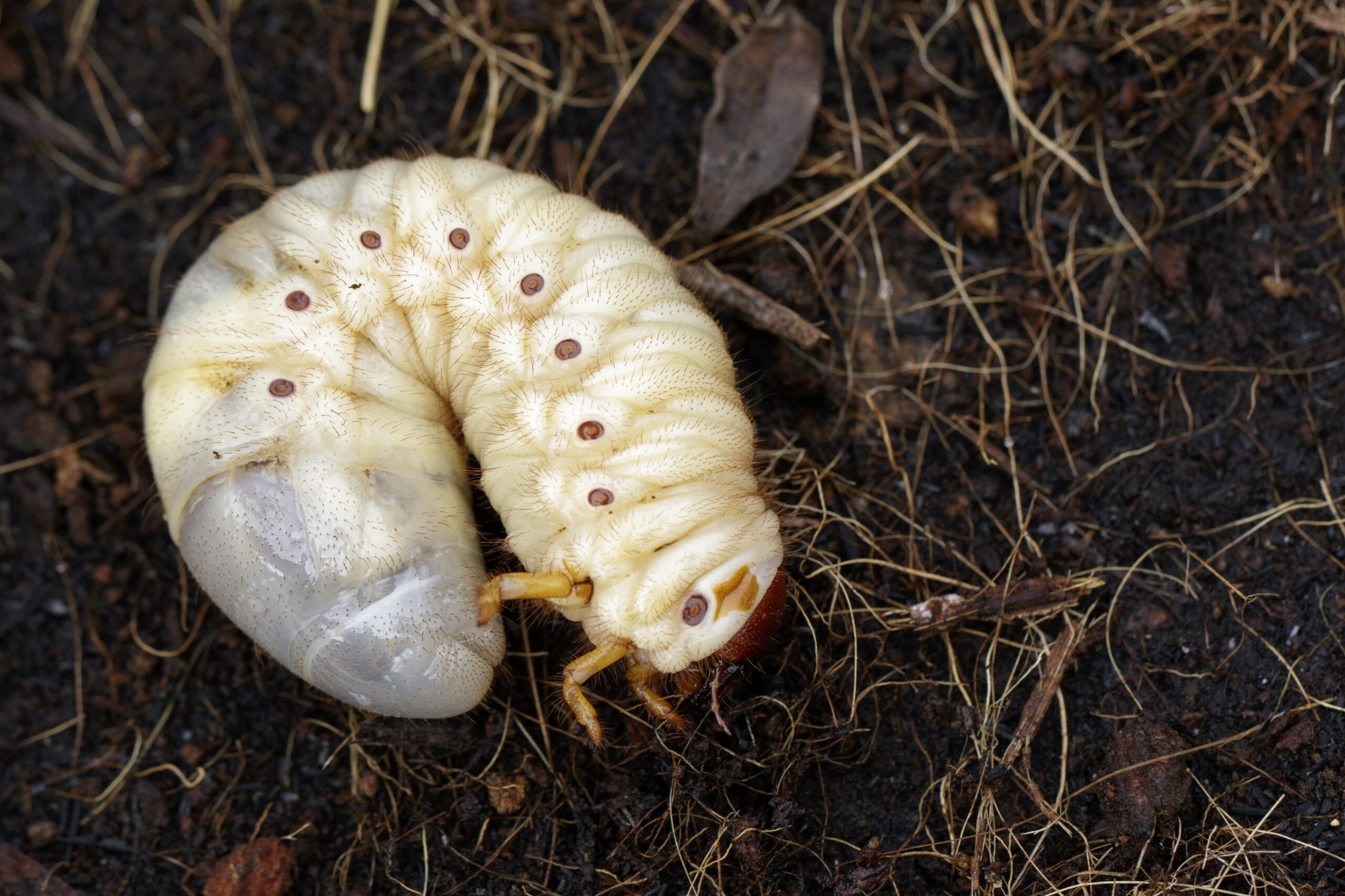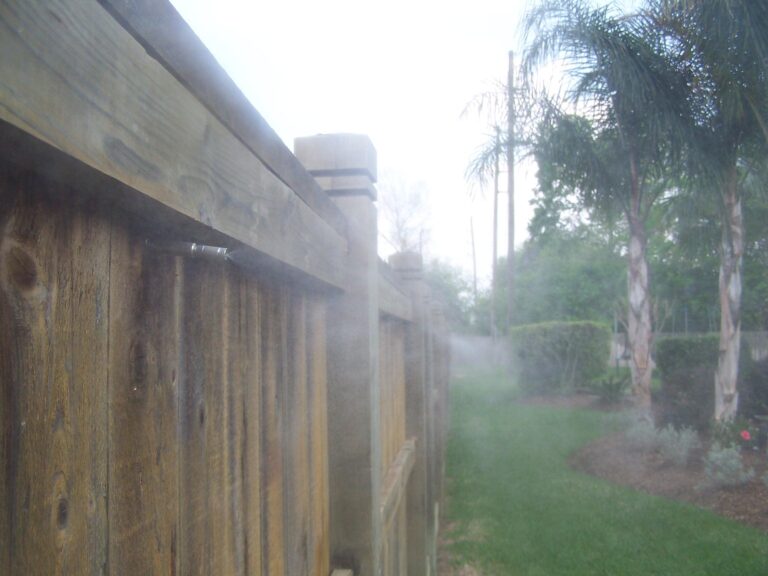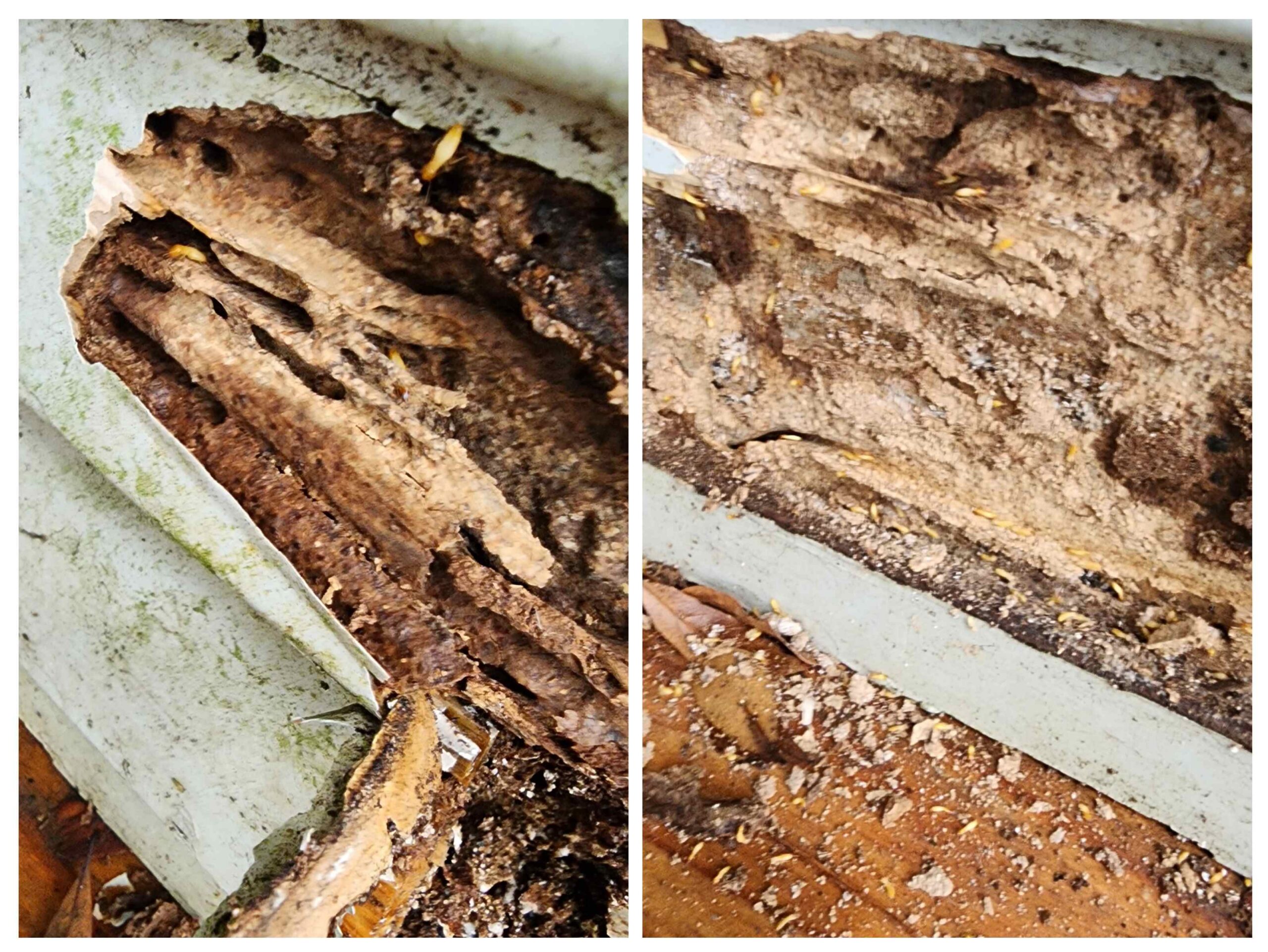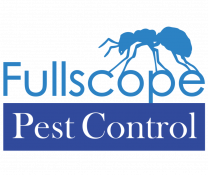Caterpillars are fascinating organisms that catch our interest with their many shapes, colors, and patterns. The black spiky caterpillar is one form of caterpillar that attracts a lot of attention. Because of their unusual look, many people question if these fascinating creatures are poisonous and constitute a hazard to humans or other animals. In this blog, we will investigate the world of black spiky caterpillars, investigate their defense systems, and learn the truth about their toxicity.
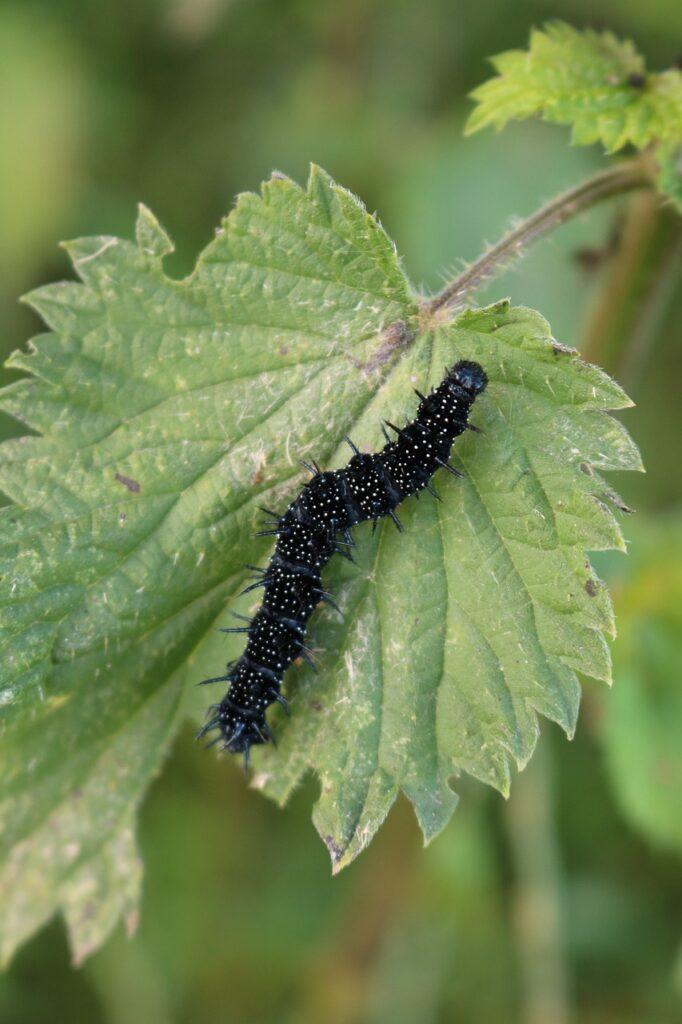
What Is the Meaning of Black Spiky Caterpillars?
Black spiky caterpillars are a diverse group of insects that are distinguished by their dark coloring and sharp spines. These caterpillars can be found all over the world, living in a variety of environments such as forests, gardens, and grasslands. While the appearance of each species varies, they all have a black or dark brown body coated in numerous spines or bristles.
Defense Mechanisms: Appearances Can Be Deceptive
Black caterpillars’ spines serve as a defense mechanism against potential predators. These spines are not only scary visually, but they also serve a useful purpose. When disturbed, these caterpillars may exhibit aggressive behavior by raising up their front segments and appearing more significant and dangerous.
Contrary to popular perception, black caterpillar spines are not usually venomous or toxic. Instead, they are physical deterrents, causing predators discomfort or irritation when touched. The spines are frequently linked to specialized cells that produce venomous compounds upon touch, discouraging predators from attacking. However, while these compounds may cause discomfort, they are generally not dangerous to people or large animals.
Are There Any Black Spiky Caterpillars That Pose A Threat?
While most black spiky caterpillars are harmless to humans, a few species can be dangerous. The caterpillar of the American dagger moth (Acronicta americana), for example, has black spines and can cause mild skin irritation or a rash if handled. Similarly, the black spines and white tufts of the hickory tussock moth caterpillar (Lophocampa caryae) may induce skin irritation or allergic reactions in some people.
It is usually best to avoid direct contact with unfamiliar caterpillars, whatever their appearance, to safeguard human safety. If accidental contact occurs, wash the afflicted area with soap and water, and seek medical assistance if symptoms persist or worsen.
What Role Do Black Spiky Caterpillars Play In The Ecosystem?
Despite their frightening look, black spiky caterpillars are vital to the ecosystem. They are herbivores that eat leaves and help with the food cycle and energy transmission in their particular habitats. Furthermore, they provide a valuable food source for many predators, including birds, reptiles, and small mammals.
Must Read:DOES BLEACH KILL WASPS INSTANTLY
Conclusion
We are captivated by black spiky caterpillars’ distinctive appearance and ecological value. While most are harmless, exercise caution. Fullscope Pest Control prioritizes ethical solutions and may assist in distinguishing between safe and possibly irritating species. We ensure the health of your property and the surrounding ecosystem with our knowledge. Let us work together to safeguard nature’s beauty while keeping the environment pest-free with our complete services.

